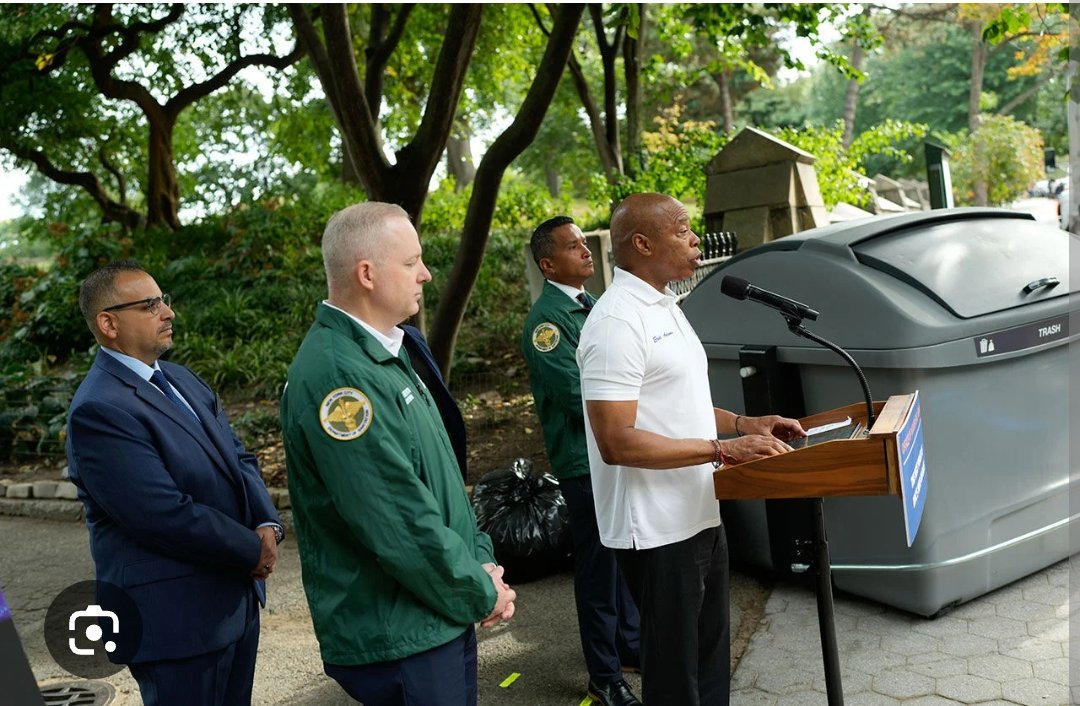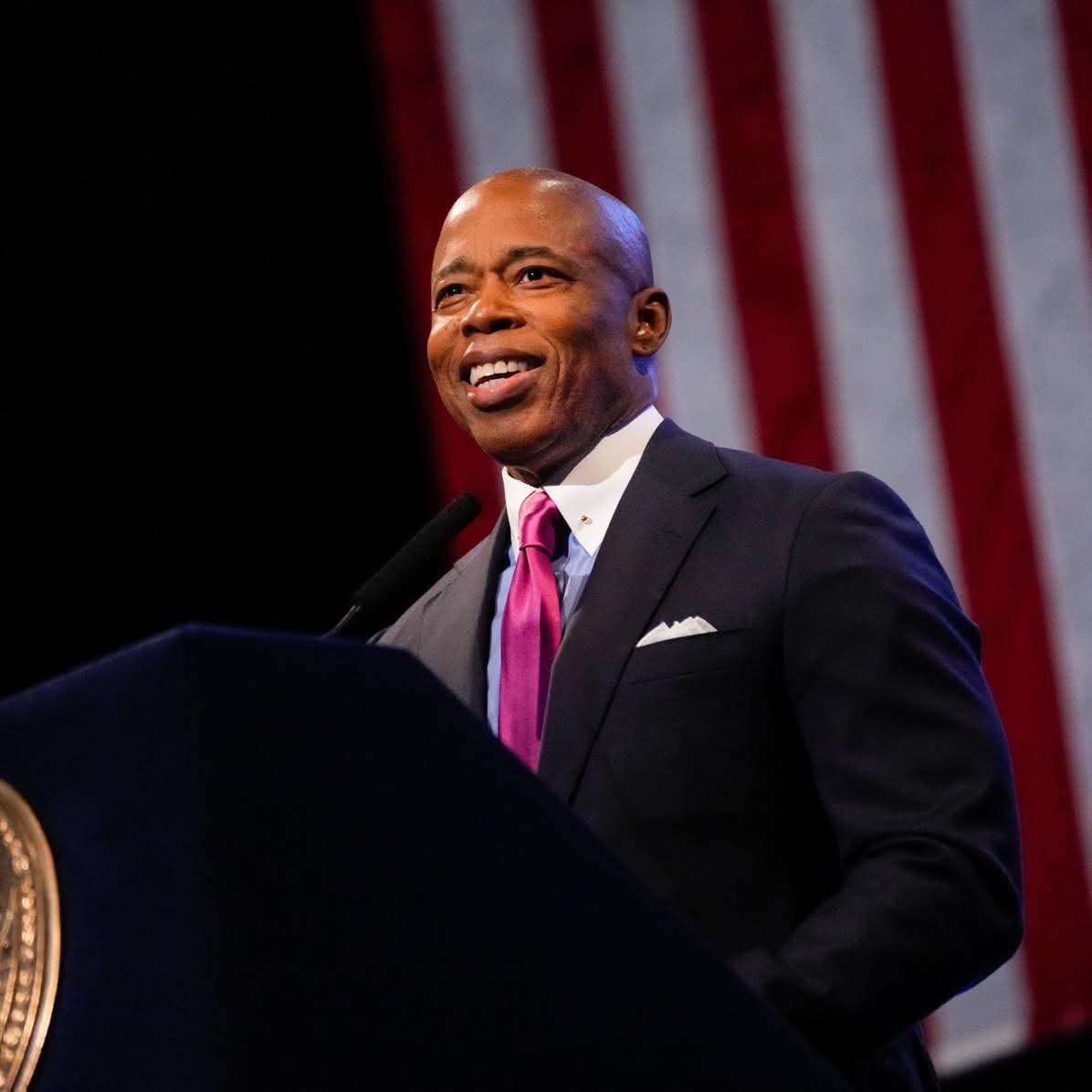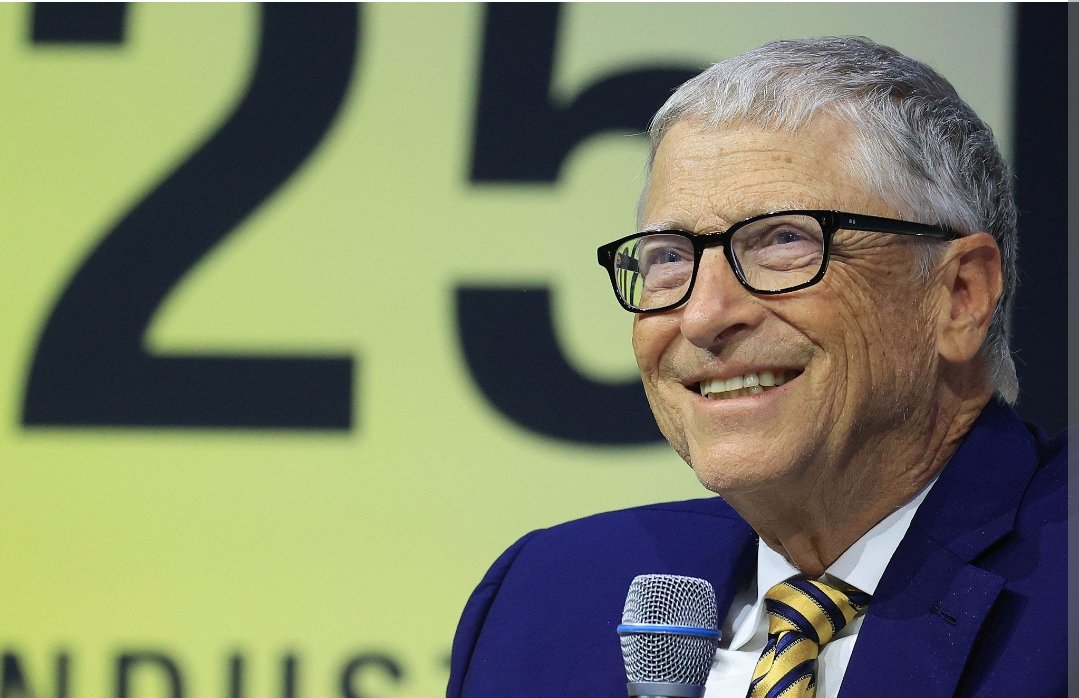
In a transformative move for New York City’s transportation infrastructure, Mayor Eric Adams and Department of Transportation (DOT) Commissioner Ydanis Rodriguez today announced a major expansion of pedestrian and cycling space on the Queensboro Bridge.
Starting this Sunday, the south outer roadway — previously a part-time vehicle lane — will be converted into a dedicated pedestrian walkway. Simultaneously, the north outer roadway, once shared by cyclists and walkers, will become an exclusive bike lane.
The upgrade effectively doubles the space for non-vehicular traffic on one of New York’s busiest bridges for pedestrian and cycling use.
Over 10,000 people cross the Queensboro Bridge daily on foot or by bike, and city leaders say this change will enhance safety, reduce overcrowding, and encourage more sustainable travel options.
“For over a century, the Queensboro Bridge has served as a vital connector between Manhattan and Queens,” said Mayor Adams. “Now, we’re making it safer and more accessible for pedestrians and cyclists. This isn’t just infrastructure — it’s a win for everyday New Yorkers.”
Commissioner Rodriguez emphasized the surge in citywide bike ridership and the importance of safe commuting infrastructure.
“By reclaiming space for pedestrians, we’re creating the kind of meaningful, comfortable connections New Yorkers need,” he said.
This development follows a series of upgrades across other major city bridges, including dedicated bike lanes on the Brooklyn Bridge in 2021 and the Washington Bridge in 2024. The result: a dramatic rise in ridership, including a 108% cycling increase over the Brooklyn Bridge post-upgrade.
The move is also part of the DOT’s broader “Connecting to the Core” initiative — a 37-project plan aimed at improving access to Manhattan’s Central Business District without relying on cars.
With over 16 miles of new protected bike lanes added in western Queens since 2020 and booming ridership in areas like Long Island City and Astoria, the Queensboro Bridge’s role as a cycling artery has become more critical than ever. Officials report a 20% increase in bridge cycling traffic since 2020, with over 6,000 daily riders.
This latest upgrade solidifies the Adams administration’s commitment to sustainable, people-focused urban transportation — setting a new benchmark for bridge accessibility in America’s largest city.






